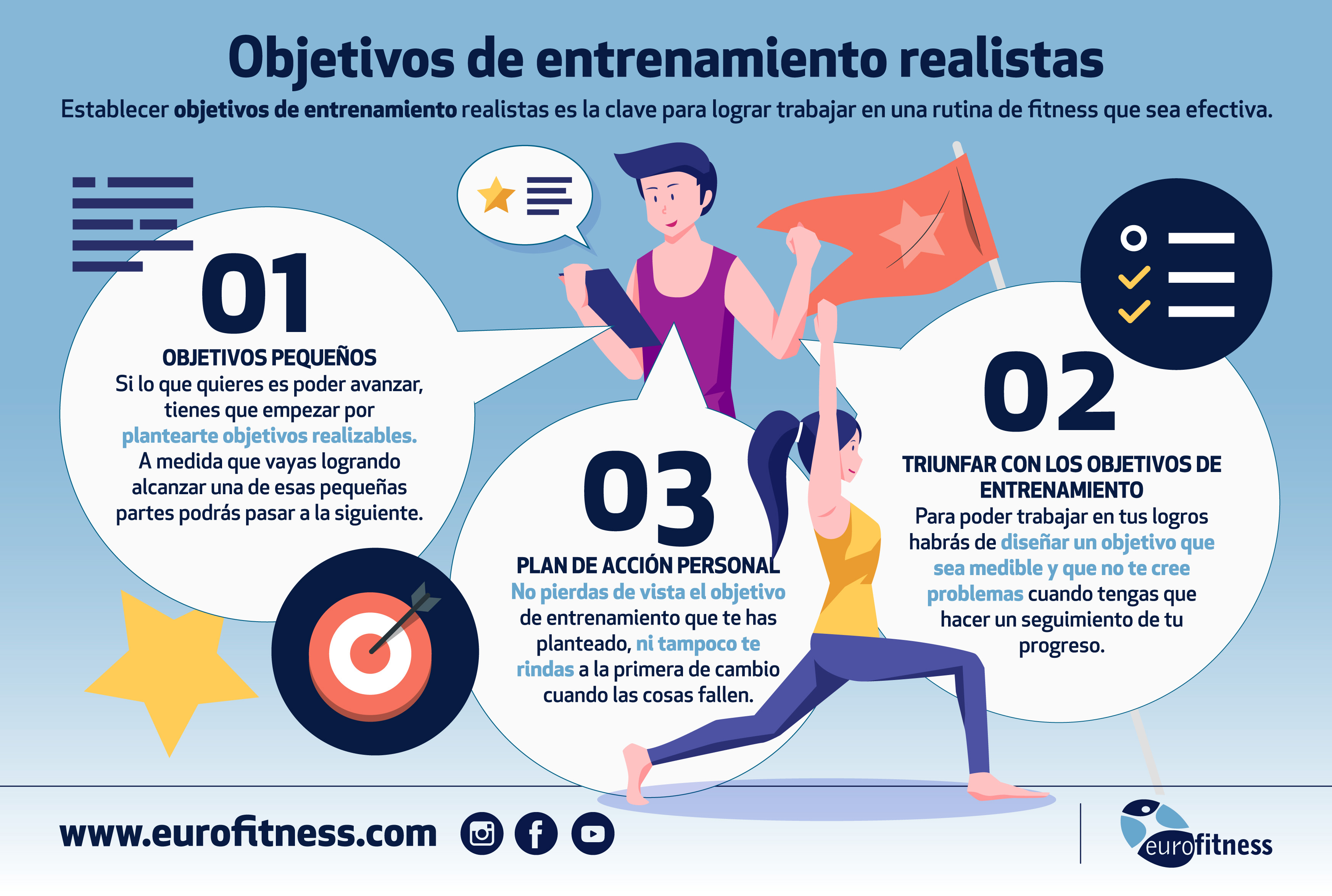
This guide aims to offer the mechanisms that will become healthy lifestyle habits, so that young people can successfully cope with negative pressures, fear, rejection or marginalization and promote communication with fathers, mothers and faculty.
Furthermore, in order to obtain more solid and lasting results, we must focus on four essential values: educate in freedom, educate in authenticity, provide knowledge and knowledge of oneself.
Starting from these premises, three chapters that make up the guide are presented, related to different consumption in the adolescent stage. In it chapter 1 is analyzed substance use in the adolescent stage, in the Episode 2 examines the main feeding problems in this vital stage, and in the chapter 3 The topic of problematic use of new technologies.
Each chapter is organized around a first section of Introductory Contents, followed by a proposal of varied Activities per chapter, and aimed at reflection with young people, educators and families.
The activities are presented as simple exercises that can be carried out without the need for additional materialsyes. It is not necessary to carry out all the activities or in the order presented, it will be the trainer who will choose those that he/she considers most appropriate to the profile of the young people. The activities are basically based on a series of reflection questions that invite the development of debates that guide our joint path of prevention and awareness.
We will focus on the Episode 2 referring to the feeding problems.
The diet of adolescents is essential not only for their healthy physical growth, but also for their adequate psychological and social development. For this reason, the analysis of the possible causes of the various problems related to eating habits is of utmost relevance.
Eating in humans has a lot to do with relational issues, with eating disorders being mainly a bonding problem. Therefore, eating disorders do not only affect the way you eat, but are an alteration in perception, due not only to social and cultural factors, but also emotional, biological, genetic, personality and family factors.
At the end of childhood there is a hormonal trigger that occurs around 10-11 years old and that produces a sudden transformation and increase in almost all parts of the organism. These changes notably affect the overall weight of the body, which also increases, although this increase depends in part on heredity, diet, physical exercise and the sex of the adolescent. In general, girls gain more weight than boys at this evolutionary stage. This fact means that generally it is girls who present more problems adapting to his «new body» than the boys. In fact, they tend to develop more problems with depression, anxiety and also eating disorders in this vital period, compared to men. In this guide they name the anorexia nervosa and the bulimia as main eating problems, as well as the risk factors and warning signs through which we can become aware of the problem.
As I said previously, this guide presents several activities to be able to carry out with the adolescents depending on the choice of the trainer. Let’s see an example of one of them:
If you want more information about any of the other topics mentioned above and learn more about the other activities, you can consult the complete guide.










Thank you for your sharing. I am worried that I lack creative ideas. It is your article that makes me full of hope. Thank you. But, I have a question, can you help me?